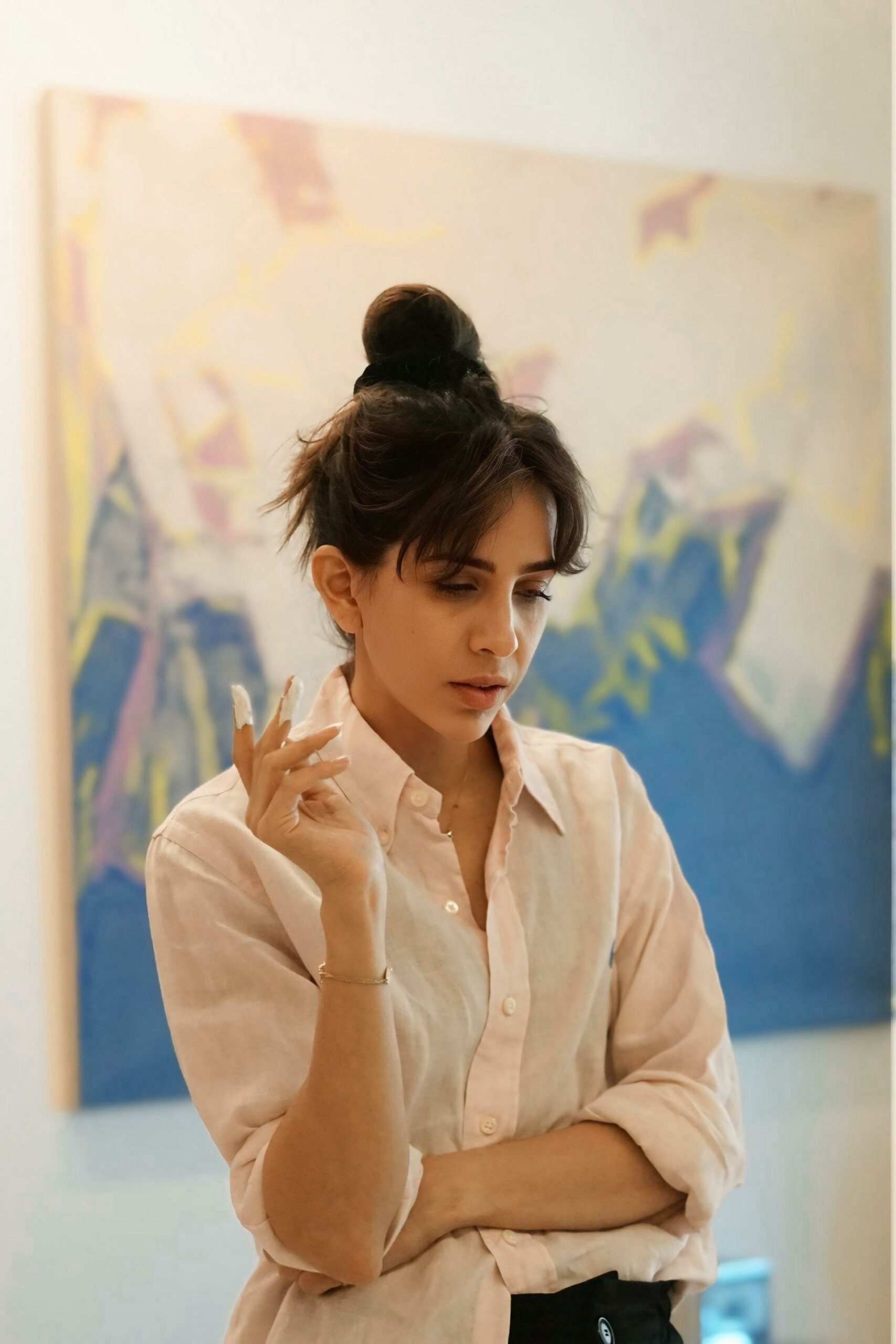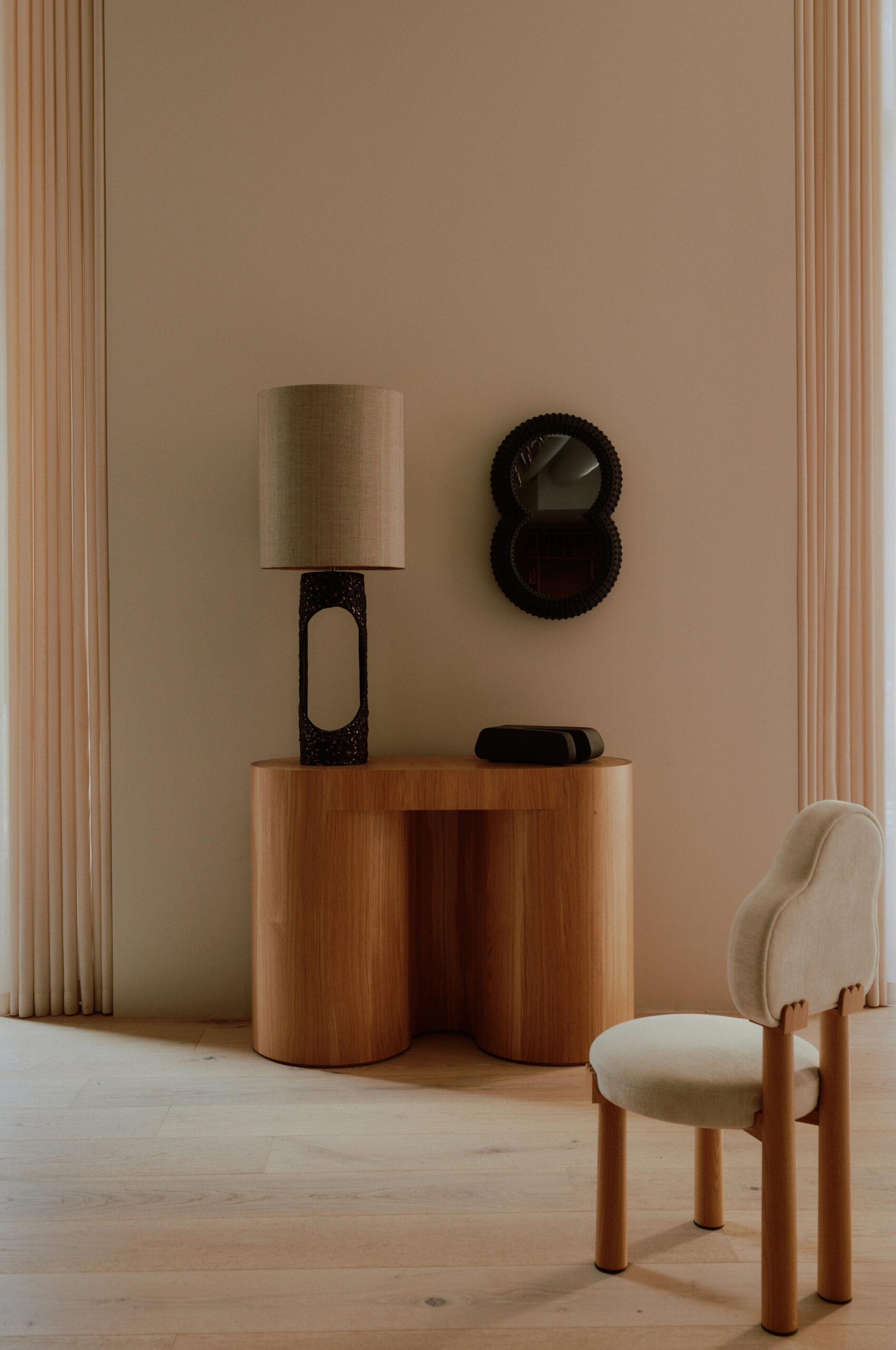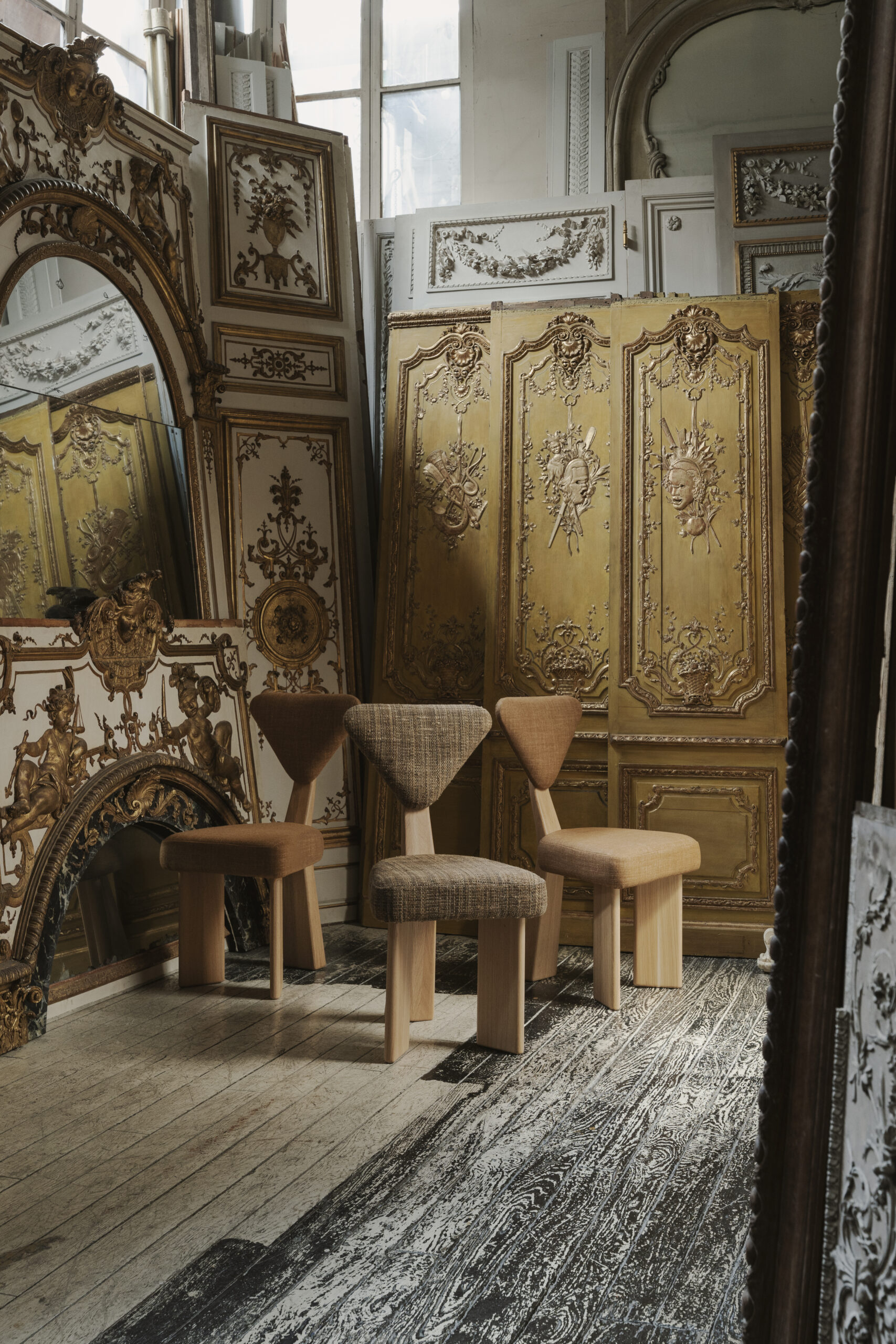Words By Ivan Allegranti | Photography By Filippo Pincolini
Nina Yasher, founder of Nilufar Gallery, has long been at the forefront of the collectible design movement, shaping the global conversation around art, craftsmanship, and innovation. With a discerning eye for emerging talent and a deep commitment to preserving timeless beauty, she has cultivated a space where design is a powerful medium for storytelling. Her gallery in Milan has become synonymous with unique, thought-provoking exhibitions, showcasing pieces that blend heritage with modern creativity. Marie Claire Arabia chose Nina to share her insights into collectible design due to her unparalleled ability to spot pieces that embody both artistic value and cultural significance.

Q. What does collectible design mean to you and how did you start to approach this topic?
A. I began my journey in the world of design inspired by my family’s background in the trade of oriental and modern carpets. From the very beginning, when I opened Nilufar Gallery in 1979 in Via Bigli in Milan, I began to offer unusual exhibitions such as “La rosa nel tappeto,” a study of the iconography of the rose motif in the carpets in my collection. In the late 1990’s, as the gallery moved to via della Spiga, the collection diversified considerably as I started adding furniture, not by intention but actually by chance. A trip to Sweden, originally to explore Scandinavian carpets, drew me in with the simplicity and functionality of Scandinavian design, which naturally expanded my interest beyond textiles. Then, indeed, my knowledge in design has evolved over the years and I like to remain up-to-date by getting to meet emerging artists and designers. In my personal point of view, collectible design is about a balance, celebrating timeless craftsmanship and aesthetics while continuously exploring new forms of creativity and innovation.
Collectible design is about a balance, celebrating timeless craftsmanship and aesthetics while continuously exploring new forms of creativity and innovation.
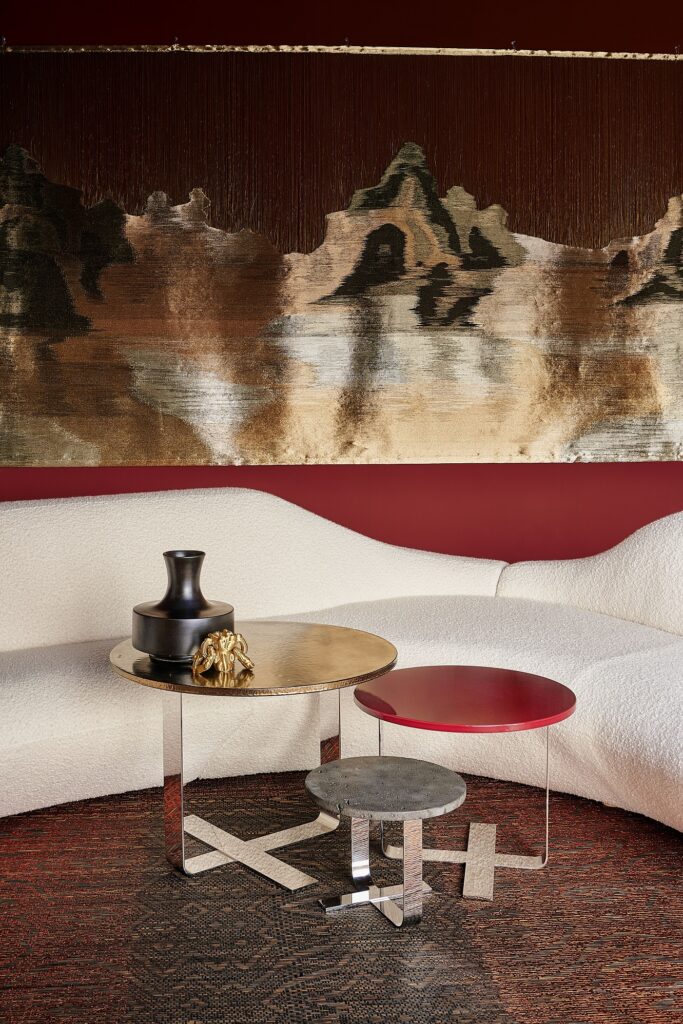
Q. Do you feel that collectible design is a trend or rather a “design mantra”?
A. I consider collectible design to be evergreen. By definition, collectibles belong to a niche of objects that are not solely defined by their practicality, unlike traditional design, but also embody artistic value, heritage, and craftsmanship. What I find compelling about collectible design is that these pieces transcend their function as mere objects, becoming a medium for storytelling on broader themes, whether cultural, social, or conceptual.
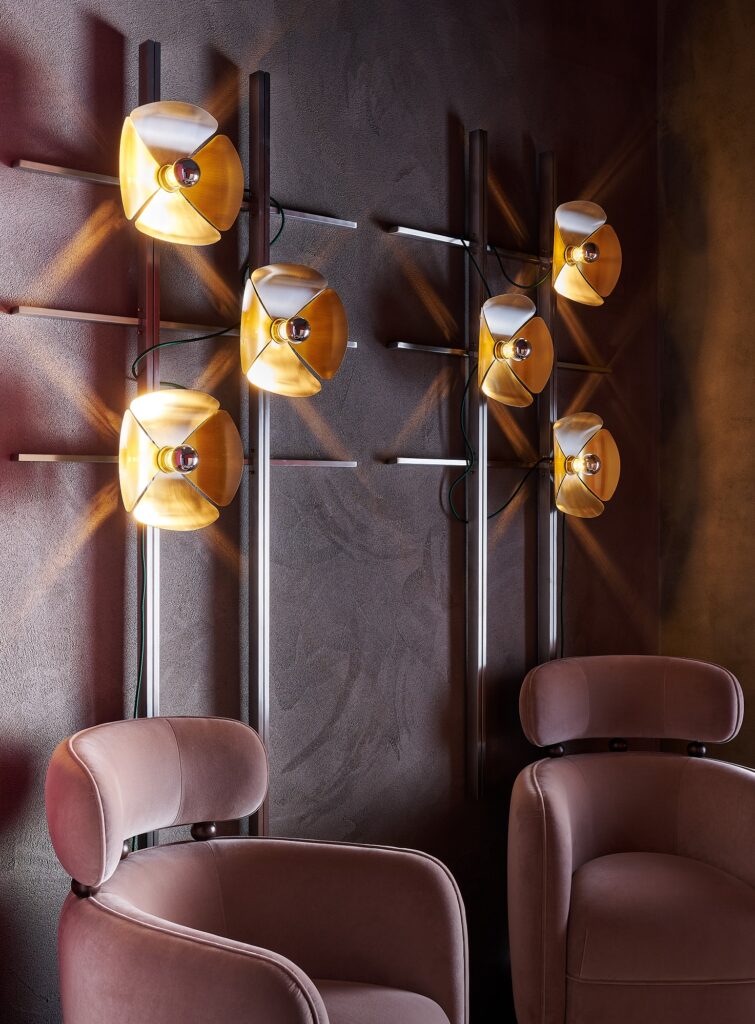
Q. Which contemporary designers do you believe are creating future collectibles, and why?
A. There are several designers in the contemporary design scene with intriguing visions for collectible design objects. Among them, Maximilian Marchesani, Andrea Mancuso, and Etienne Marc create furniture that experiments with materials and unconventional elements while maintaining high quality and a consistent concept. While other designers such as Gal Gaon and Allegra Hicks instead maintain a more traditional use of materials and a classic style suggesting a timeless flair. I’m collaborating with them once again this year to present new creations during Milan Design Week. These works transcend their role as mere objects, becoming powerful vessels for exploring broader, universal narratives.

Q. Which are your suggestions, as a purchase perspective, if someone wants to start to look up to “collectable design” pieces?
A. The best approach is to start with a designer you admire or focus on a particular style or historical period that resonates with you personally. From there, let curiosity and research guide you, that’s how I began, for example, when I discovered a Scandinavian rug in New York back in the ’80s. It’s all about finding that first piece that ignites your passion and building it from there. It’s similar to fashion and choosing your clothes, but in this case, what you’re dressing is your home.

